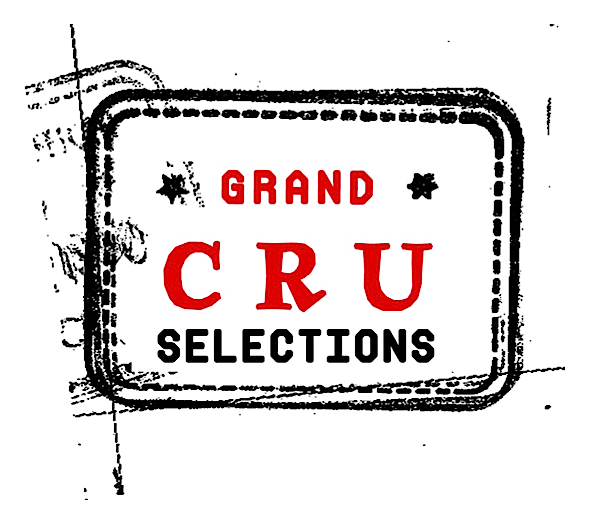Giacomo Conterno
Serralunga d’Alba, Barolo, Italy
Roberto Conterno
Few estates in Italy are so closely identified with one piece of land as Giacomo Conterno.
When Giovanni Conterno purchased the monopole Cascina Francia in 1974 it was a wheat field, although vines had been planted there in the past. Given all of the change in Piedmont over the last thirty-plus years, it is hard to a believe that estate didn't acquire another parcel after that until his son, Roberto’s purchase of Cerretta in 2008.
From Cerretta, Roberto Conterno produces both a Barbera d'Alba and since the 2010 vintage, a Barolo. While tradition and responsibility remain the key ingredients to Roberto’s approach: long maceration and cappello sommerso, fermentation in wooden vats and then long aging in large botti and in bottle, he has embraced modern innovation only where it allows him to do the same work better.
-
The Conterno family name exists in the Langhe since the 1800s, but the winery we speak of today was founded by Giacomo Conterno in 1900 and turned out its first labels in 1924. Even in the 1930s, when most of the Nebbiolo from the Barolo hills was sold in bulk, the wines of Giacomo Conterno were already recognized as among the most precious in Italy. In those days it was known simply as “Monfortino”, bypassing even the Barolo designation. Giacomo passed his humility, passion and wisdom to his son Giovanni, who in turn instilled the same qualities in his son, Roberto. In 1974, Roberto’s father acquired Cascina Francia in Serralunga d’Alba, inspired by the possibilities of a 14 hectare monopole. Following suit, in 2008 Roberto was able to acquire 2 hectares of Nebbiolo and 1 hectare of Barbera from the prized Ceretta vineyard. 2010 was the first vintage of Barolo from this cru bottled exclusively in magnum.
-
Today the wines of Giacomo Conterno reign from 17 hectares of vineyards distributed between Monforte and Serralunga d’Alba cultivated to Nebbiolo and Barbera. All of the vineyards are trained in the Guyot style on hillsides that reach up to 500 m above sea level. Beloved are some of Conterno’s crus, such as *Francia* (calcareous soils and a west-facing exposition) , *Arione* (limestone-based with south facing exposition) and *Cerretta* (the most clay-laden of them all with western exposition) producing intensely profiled wines with vigorous tannins that GCS is proud to represent.
-
Roberto and his team employ traditional practices in the vineyard: careful pruning, elimination of excess bunches, leaf pulling to allow the passage of the sun and air over the grapes when needed, some of the most immaculately tended vineyards in the Langhe. Conterno favors low yields and seeks to be as diligent and respectful with the plants in each season.
-
Tradition, tradition, tradition: long maceration, cappello sommerso and fermentation in large bins of Austrian wood begin the winemaking process in the Conterno cellars, followed by aging in large botti and then in bottle. Roberto has changed little from the way his father and grandfather made wine: he favors oxygenation and the evolution of aromas and tannins from the wood, and believes in long fermentations and extended aging, all of which preserve the purity of the Nebbiolo varietal. The period from harvest to release is 2 years for his Barbera, 4 years for the Baroli and 7 years for Monfortino.
Wines
Barbera d'Alba Cerretta
Cerretta, while in the same commune, has more clay than Francia or Arione. Aged for two years in large botti.
Barolo Cerretta
A clay heavy soil, different from Francia or Arione that leads to a more lush, fruit-driven style. Western exposure. Aged for four years in large botti.

